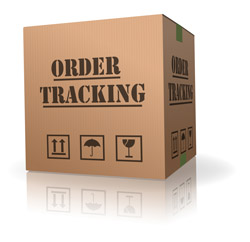Staying in touch with shipping and handling
Current methods for tracking shipments involve only certain points in the shipment’s journey, such as shipping and receiving ports and some customs checkpoints. In addition, the methods are not universally employed nor are they generally compatible with each other, making sharing data and assigning responsibility or blame very difficult. Furthermore, the individual methods are generally not compliant with proposed global standards. The EU-funded ‘Container handling in intermodal nodes - optimal and secure’ (Chinos) project was designed to develop a system addressing all these issues. Specifically, the researchers focused on incorporating the three critical aspects of container status monitoring (identification, seal condition and damage documentation) into a single, fully electronic system compliant with proposed global shipping standards. Specifically, a ‘tag’, or electronic radio frequency identification (RFID) transponder, is attached to each container. Researchers included an electronic seal, or e-seal, that enhances existing mechanical door seal mechanisms by combining them with the RFID technology and tamperproof electronic security. Together, these enable positive unambiguous identification of a container as well as the ability to determine if a seal has been broken. The investigators included a damage documentation system (DDS) to detect accidental handling damage and, to avoid tampering or cleft, ensure that a seal cannot be broken without authorisation. In the event of damage to the container, the global location at which the damage occurred can be identified, facilitating appointment of responsibility. The Chinos system was designed to be accessible by Internet such that the chain event manager (CEM) can alert remote operators in case of discrepancies in shipping data. Thus, the Chinos system allows remote monitoring and identification in real-time as well as data storage and retrieval capability for subsequent analysis and statistical evaluation. Chinos software and hardware are ready and available for commercial use. The system is highly reliable and provides cost benefits and enhanced competitiveness to users, making it the leader in the race to provide global shipping the global control it has heretofore lacked. All that remains to make shipping more secure is adoption of the Chinos system by the shipping industry (for more details, see the website www.chinos-rfid.eu).







